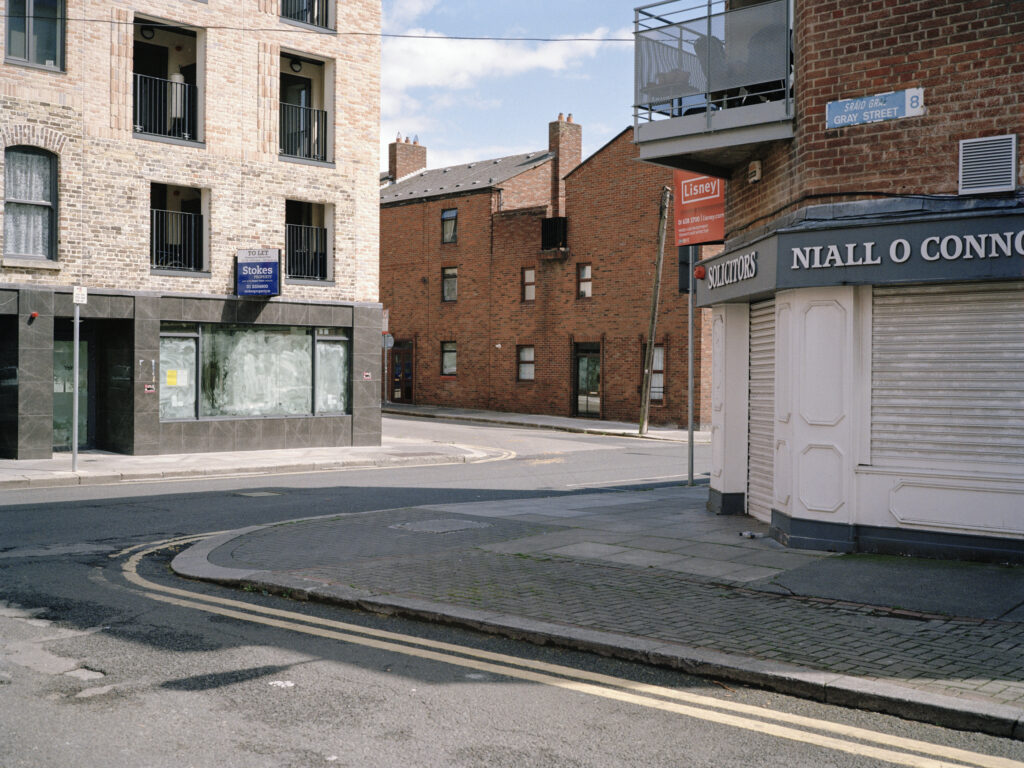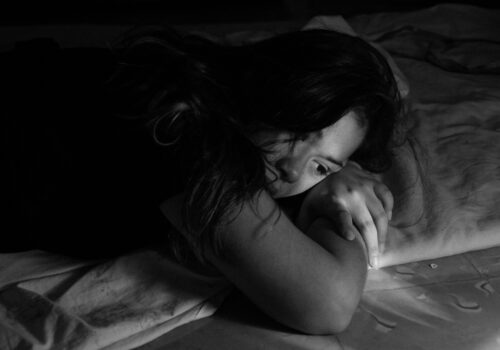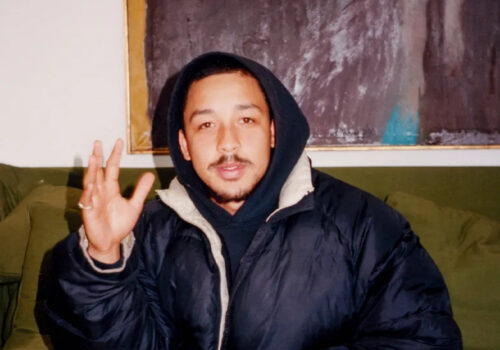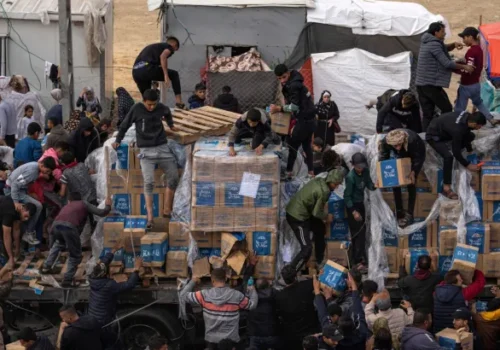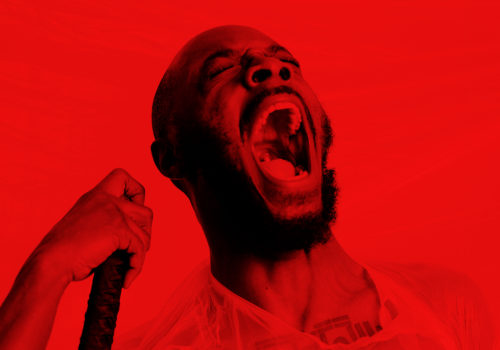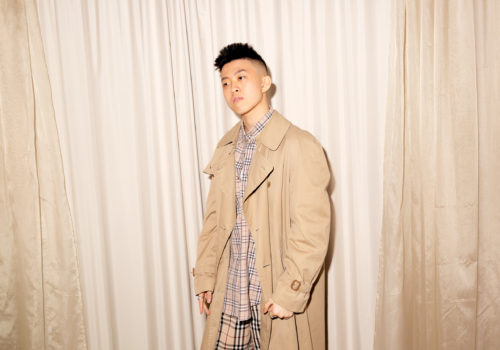This Photographer Has Turned Mundane Corners of Dublin Into a Dreamland
Shane Lynam has spent most of the last decade photographing Dublin, but not the Dublin you know. His new series, Pebbledash Wonderland, challenges even long-time Dubliners to look at the urban landscape from a new perspective. By using playful angles to capture overlooked corners of the city, his exhibition in Photo Museum Ireland finds beauty in the everyday, and demonstrates how Lynam’s camera has become a witness to change.
Capturing place is nothing new for Lynam, as his work often engages with urban spaces through photography. However, in his third major body of work, he flips the conventions of the genre on its head, and has reimagining his home into something uncanny yet familiar. Pebbledash: symbolic of the mundane, encapsulates the subject matter of this collection, and ‘wonderland’ speaks to the dream-like quality Lynam’s eye has placed on the scenes.
This is a collection that feels deeply personal, while also resonating with the city’s residents. We sat down with Shane Lynam to get some insight into his creative process, the significance of time and patience in his work, and the influences that have driven him to challenge conventional narratives about his home.

How long have you been shooting this project?
I guess from about 2014 onwards, I was in a kind of pre-project stage. There was a folder on my computer of images that I was making about Dublin called Inner Field at the time. But it didn’t have a proper project structure. The work really started to come together when I moved into town from Dun Laoghaire in 2020. Something about that movement into town, into the city centre, gave it momentum. Then this residency at Photo Museum Ireland really allowed me to focus and think about what the work was about, and ultimately, finish it.
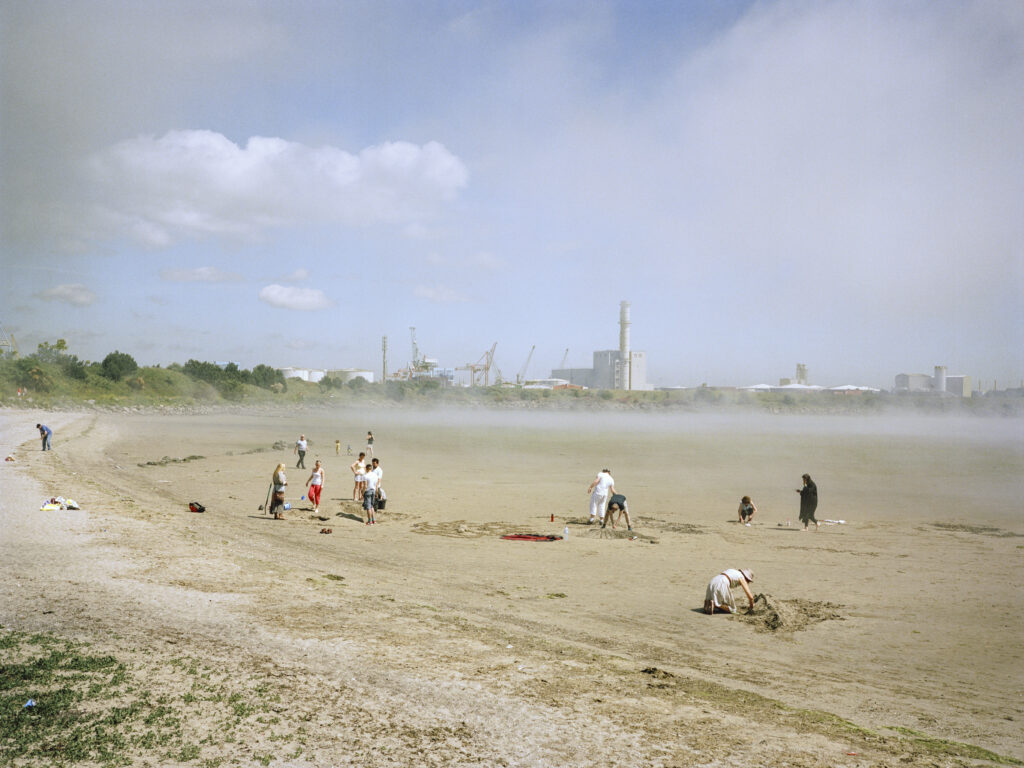
What’s it like sitting with a project for that long?
The biggest challenge is the fact that you’re a different photographer today than you were when you started making the work. And in this case, I’m a very different photographer; so that was a challenge when it came to edit the work.
But on the plus side, having that aspect of time really gives the work weight and seriousness. It becomes more of “a thing”. Especially when you’re making this kind of work where you’re trying to kind of create a certain space. I think it requires time and a slow process.
You’re definitely tested at times. As you go deeper into it, it becomes harder to leave it. You go deeper into this hole and you’re putting more and more time into it but then as you come out the other side, it starts to make more sense. You’re always trying to keep a thread through everything that you shoot. And sometimes you lose it at points. There definitely were points in this project where I thought it was over, but I always came back to it in the end.

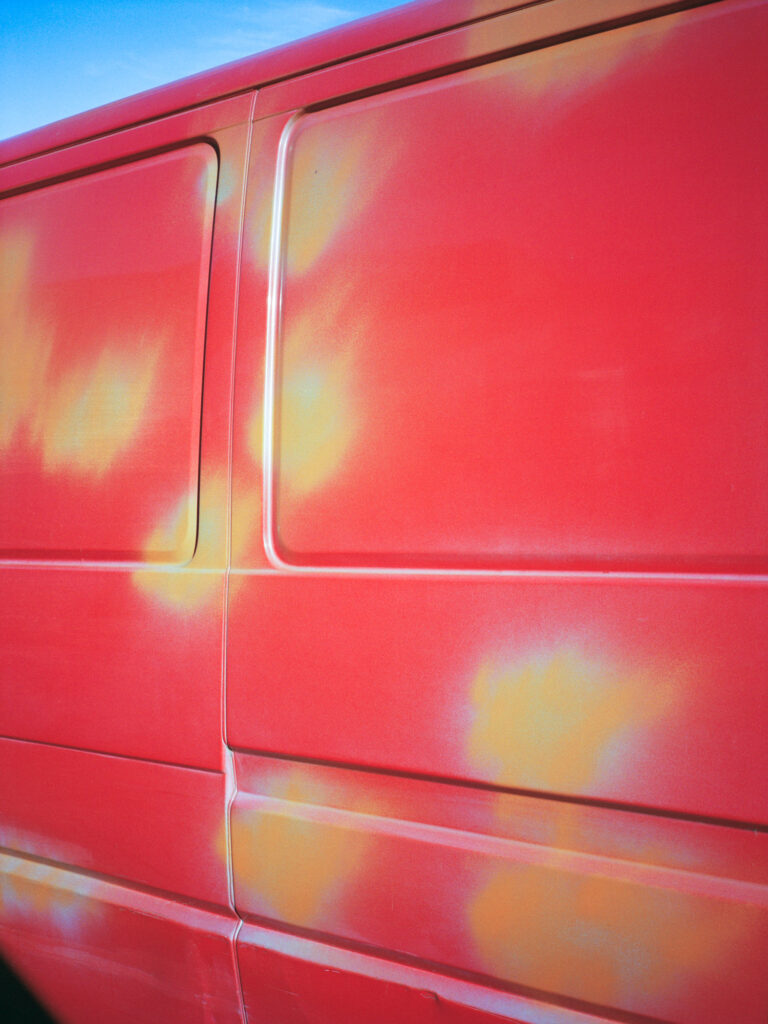
What’s behind the name?
Pebbledash Wonderland came from an interview I was listening to with Lias Saoudi the lead singer of Fat White Family. He was talking about spending time in Tyrone as a teenager and he described this period of his life as living in a Pebbledash Wonderland.
His is probably different to my interpretation, or, you know, anyone’s interpretation of those words, but I just liked the idea of those two words and how it left a lot of room for me to work within. You have this idea of this ubiquitous pebbledash and then you have the Wonderland where you’re able to create a kind of dreamland and have a fairy tale, fantasy aspect to it all.
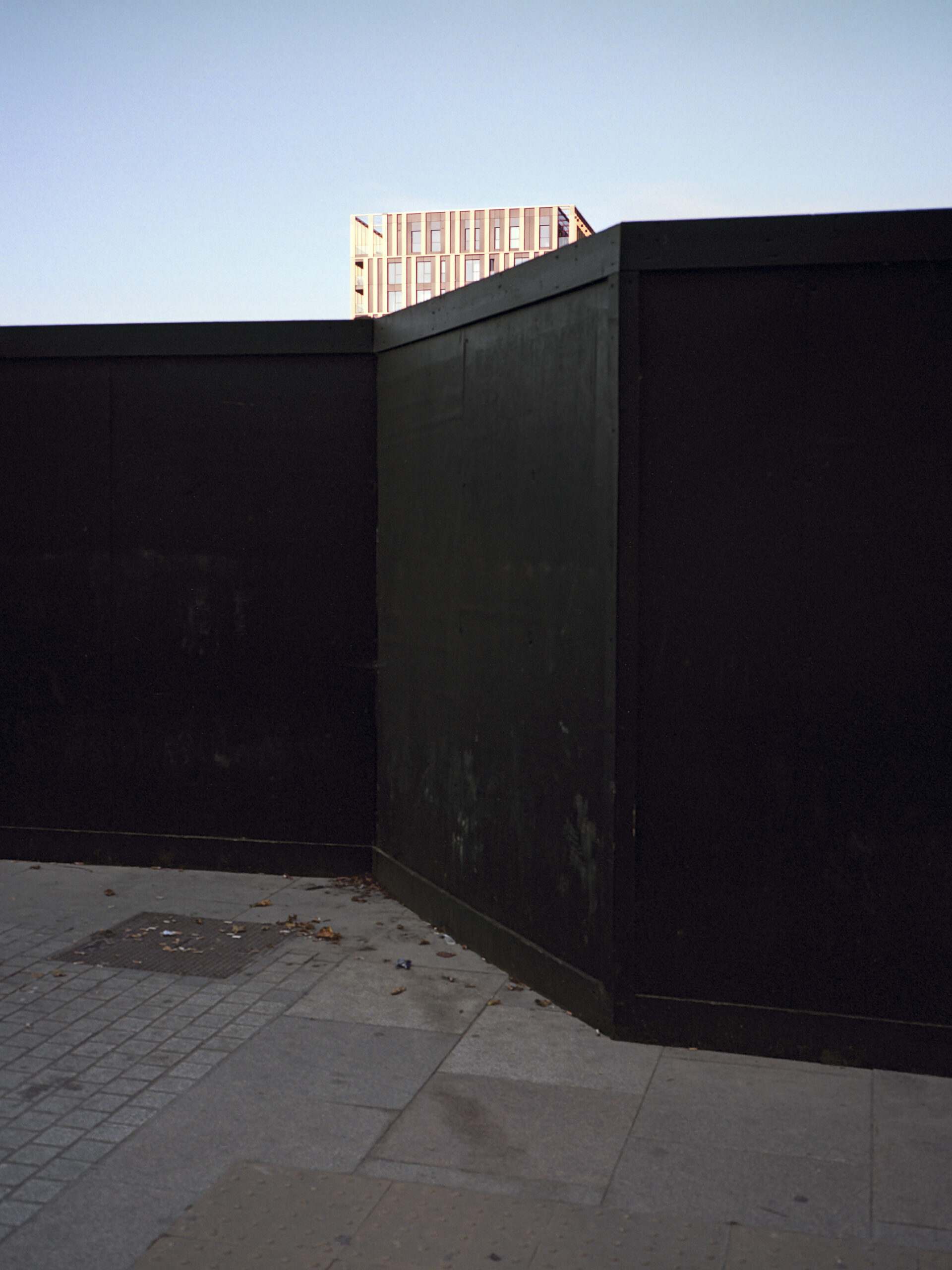
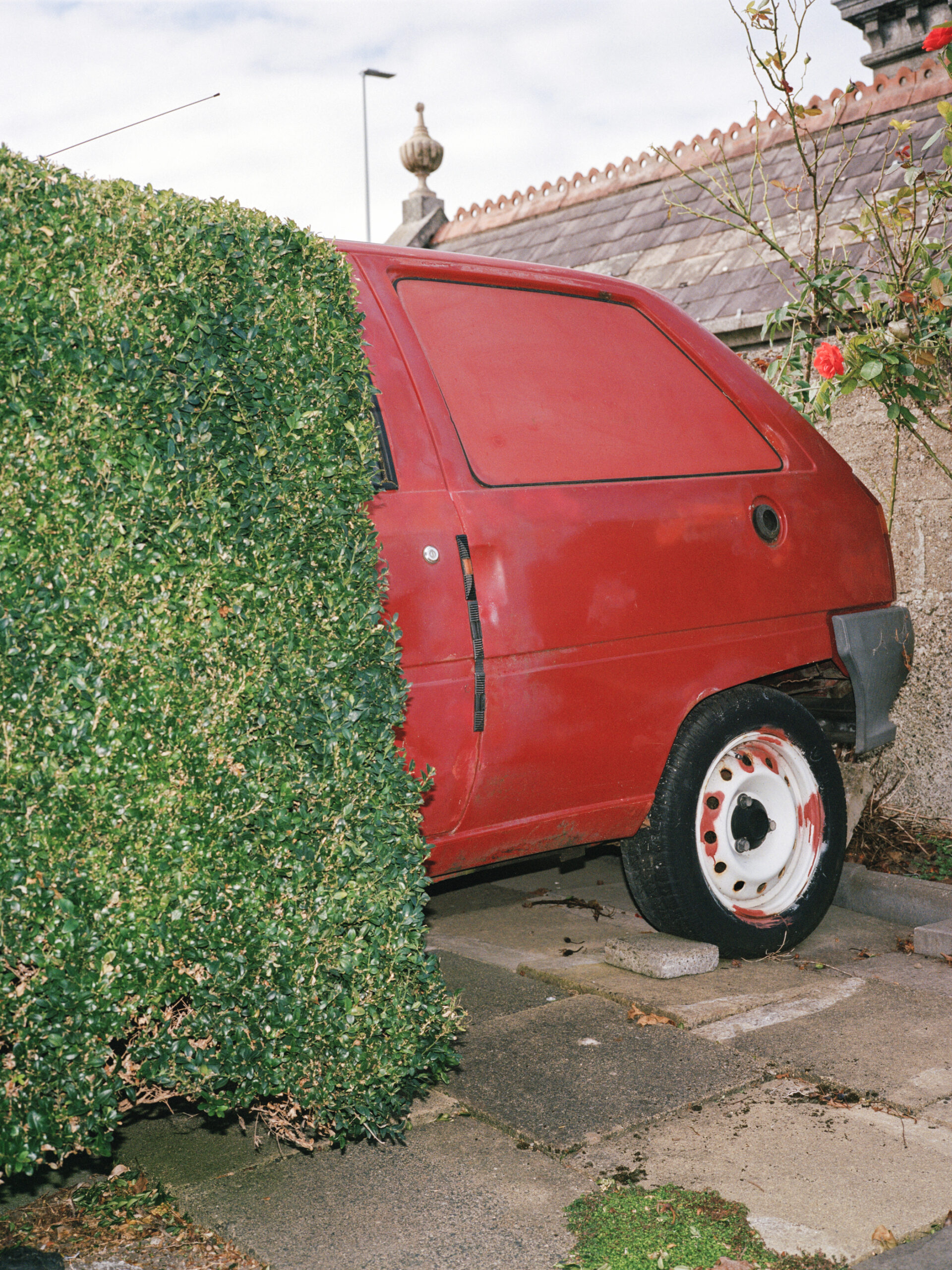
The exhibition itself is laid out in a very playful way. What were the key principles are for the hang?
We had this idea of recreating–or hinting at– a walk around the city. The gallery space really suited the work in terms of the tightness of it. The little rooms, and the almost claustrophobic feeling echoed the feeling that you have when you’re walking around the parts of the city that I was photographing. I was making this work in all of these cul-de-sacs and lanes so we were keen to recreate that.
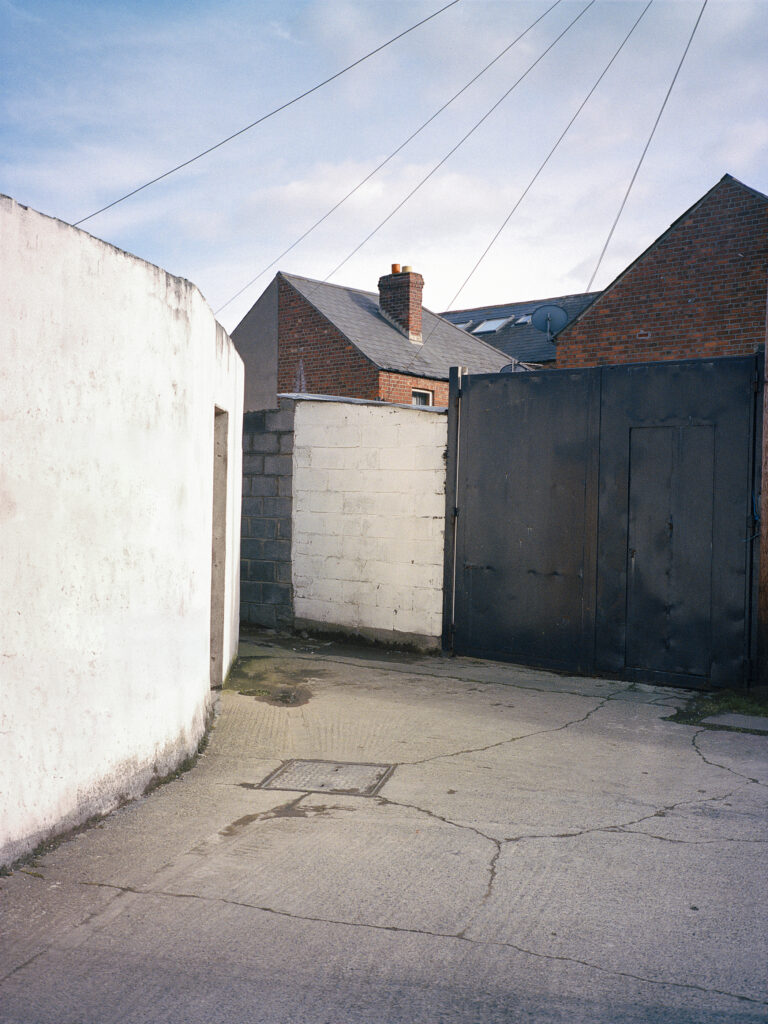
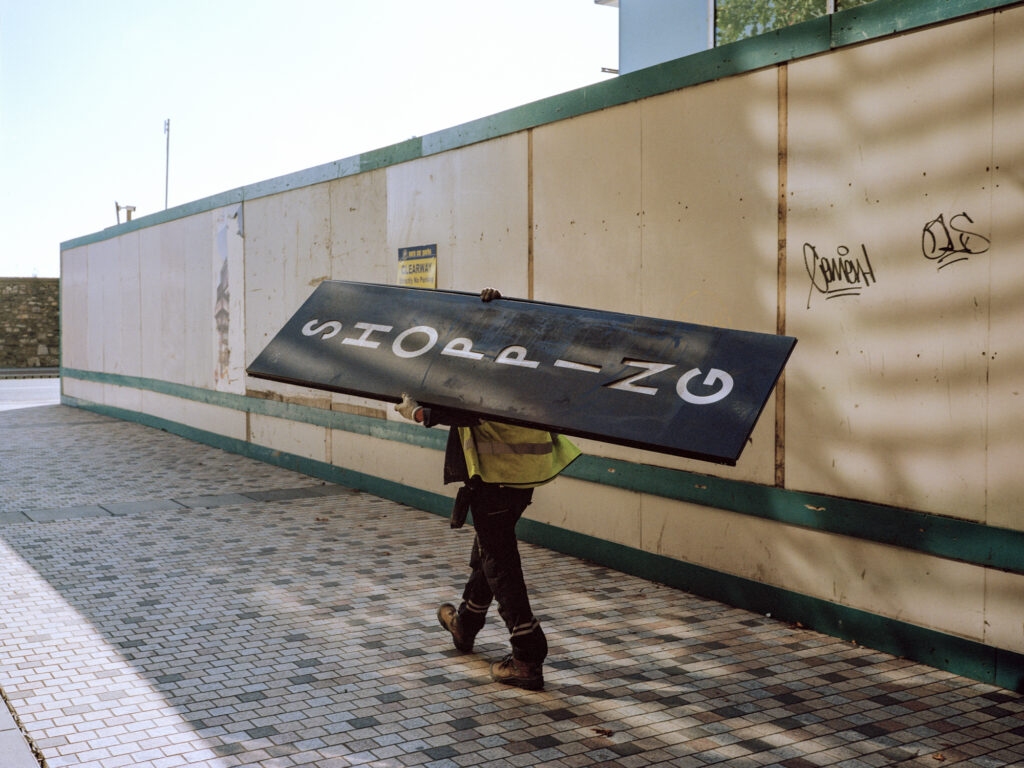
You say you wanted to “challenge the accepted view of Dublin”. What is that view, and how did you want to challenge it?
I think I meant that in two ways. Firstly, I was very interested in how everyone has their own idea of what Dublin is. When you talk about Dublin and when I talk about Dublin, we’re talking about two very different things. So it is this combination of your lived experience with the reality of the physical space. But then there’s these other public narratives. How Dublin is represented in the press, for example. Or the idea that had become a no-go zone during Covid and that it had become a kind of hellscape. Or, you know, what tourists think of Dublin. You know, how it’s represented by Fáilte Ireland and things like that. So I was interested in challenging those ideas, the preconceived ideas of what Dublin’s like.
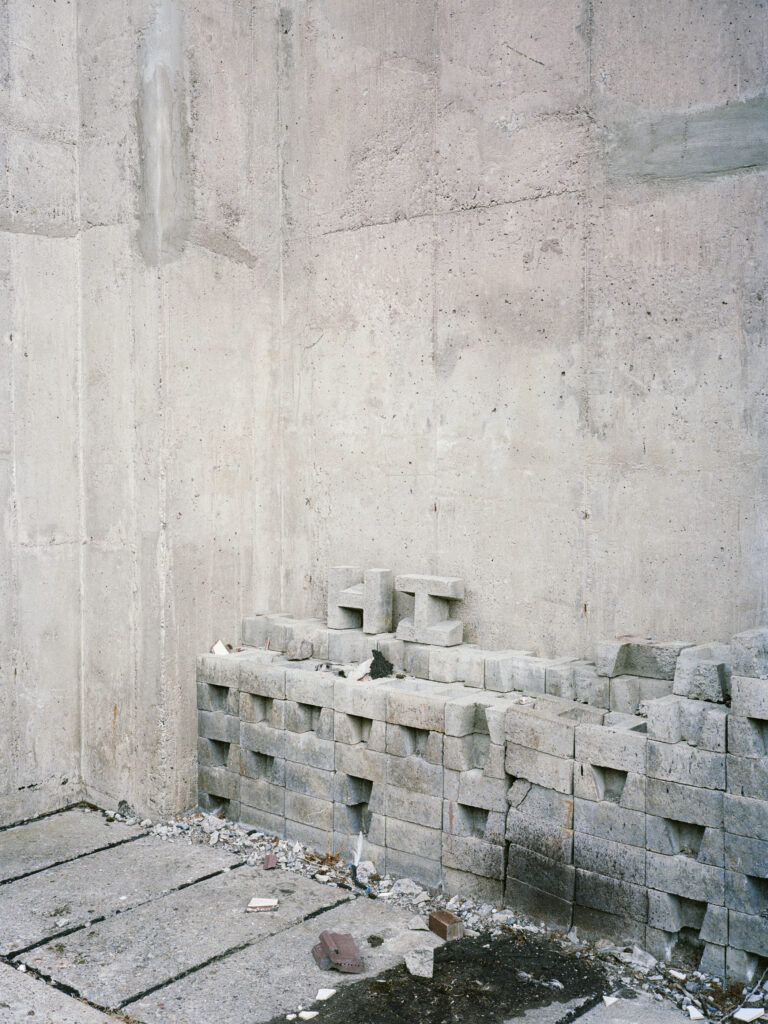
You manage to show a Dublin that we all recognise but one that’s perhaps hard to articulate. Do you think living abroad for so long sharpened your eye for what was particular about Dublin?
I was very aware of that being a kind of a superpower. I think it means that we [people not of Dublin] don’t take Dublin for granted. Things that are banal to some people are exotic to us. When I moved back, I was really keen to use that exoticness. I’d never seen Dublin through the eyes of a photographer before. I’d lived here but I was just sort of inside it. I was a student and had no interest in landscape at all. So it was all quite new to me, and I’ve tried to keep that alive.
I do think that’s changed. I’ve become part of the city now. But I’ve always tried to keep that sense of wonder. It’s baked into the project in many ways. It literally is a Wonderland for me. It’s like a playground.

The black and white images in the exhibition feel like a show within a show, what is their significance?
So I made a lot of family photographs around our house and garden. And, you know, I had no idea where these were all going to go but it felt important. It was a very important year. I was turning 40, we were about to move out of our house that we had been renting for seven years. It was probably one of the happiest times in my life, too. Maybe people don’t see that in the work, but that’s there too for me when I look at it.
I like the idea of people going into the gallery and reading the main project images a certain way, then they can go into the projection room and have this deeper connection with who I am. After that, they can go back out into the exhibition and read the images in a different way.
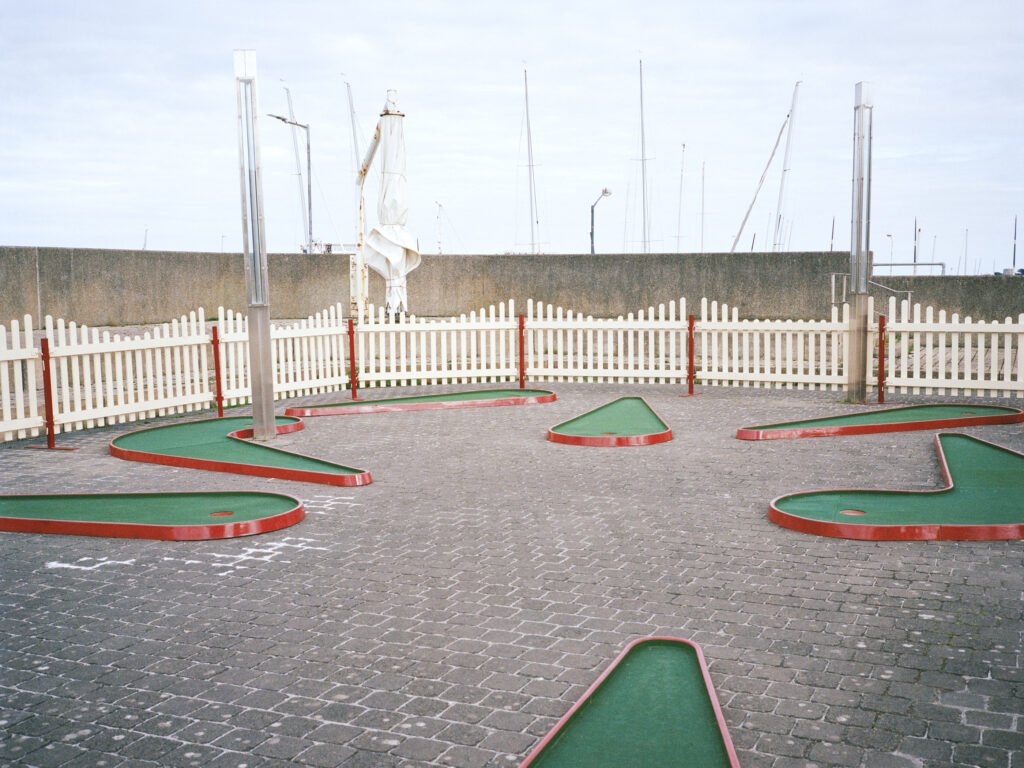
Three Irish photographers who really affected your own approach to photography and why?
I think David Farrell’s Before, During, After, Almost was an important book. It covered all of Ireland and dealt with this really broad archive. I really liked the text in the intro by Theo Dorgan, which talks about plucking something out of the eternal flow of time, and holding it up to say: “think about this moment”.
And then I would say Gary Coyle. He made this book called Death in Dun Laoghaire which is really important to this particular project. I picked it up a few months after I’d moved to Dun Laoghaire in 2012. It’s a diary work with a lot of writing, but some photographs too; these sort of banal images. It really spoke to me. There was an image of Longford Terrace, of the house we had actually just moved into at the time, and that was a weird coincidence, that felt important.
Then, Pete Smyth’s Local. I absolutely loved that work, beautiful portraits, landscapes, and street-scenes from the 80s. It’s much more community driven than my project but I like work that has depth and uses a broad range of photographic approaches.
I would say that, I was very influenced by international photographers on this project. Photographers like Todd Hiddo, Martin Essl, Paul Graham, and Mark Power who work around this idea of creating ‘something out of nothing’ or make work that goes beyond traditional documentary photography.
I also looked a lot at artists who have done surveys of Dublin, like Harry Kernoff, James Malton and Flora Mitchell. Not even for the work itself, though it was interesting, but what I was really interested in was their motivations. Like, why do people want to go out and document the whole city?
I think that’s part of what I was doing. I was trying to almost ingest the city by just photographing everything. I thought that was a way of falling in love with the city; by making myself part of it. That’s what I was trying to do at the start, I think. And actually, that’s what happened, in the end.

Last Question: What’s Next?
What’s great right now is that, for once, all my projects are sort of completed. If I’m starting something now, it’ll be from scratch. I’m hoping to make much shorter form work.
I’m kind of enjoying taking less photos really, it’s a relief. Finishing the project was like shedding something. Like taking off a really heavy coat that I’ve been carrying around the city. Making work about the place where you live can be a burden so finally finishing was incredibly joyful. Getting something over the line, whether it’s good or bad; is something that I’d recommend to everyone.
Shane Lynam’s Pebbledash Wonderland is on show at Photo Museum Ireland until 12th October 2024.
